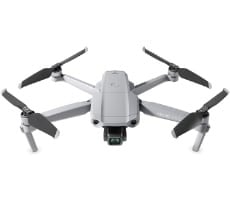Reinventing BlackBerry: BlackBerry Z10 Review
Although many of our standard benchmarks aren’t available for BlackBerry 10, we were able to run a few web-based benchmark tests to get a better feel for how the Z10 compares to other smartphones available today.
The BB10 Browser supports Adobe Flash, but it’s not turned on by default. To enable it, open the Browser and navigate to Settings. Select Display and Actions and then slide to enable Adobe Flash. The Browser also supports private browsing, which can be enabled from the Settings menu as well.
In the SunSpider JavaScript benchmark, the Z10 performed very well, earning the 3rd place spot behind the Samsung Galaxy Note II and the HTC One X.

Rightware’s BrowserMark 2.0 benchmark claims the Z10’s web browser is superior to 99% of all phone browsers. With a score of 2624, the Z10 earns the second spot in our comparison chart behind the LG Optimus G. Impressive, actually.

Although our comparison numbers for Mozilla’s Kraken v 1.1 benchmark are rather limited, it is interesting to see the Z10 comes in third place behind two Android devices which outscore the Z10 by decent margins. The Z10 outscores the iPhone 4S (iOS 6.1.2) and the Lumia 920 (Windows Phone 8), however.
Octane is a modern benchmark that measures a JavaScript engine’s performance by running a suite of tests representative of today’s complex and demanding web applications. Octane‘s goal is to measure the performance of JavaScript code found in large, real-world web applications.

Using Google’s Octane benchmark, we see a similar story as with Kraken—the Z10 comes in behind the Android devices but outscores the iPhone and Windows Phone 8 handsets.

Microsoft Fishbowl is an HTML5 driven benchmark that measure web graphics performance. The BlackBerry Z10 really shines in Microsoft’s Fish Bowl benchmark, earning the top score by a considerable margin.







